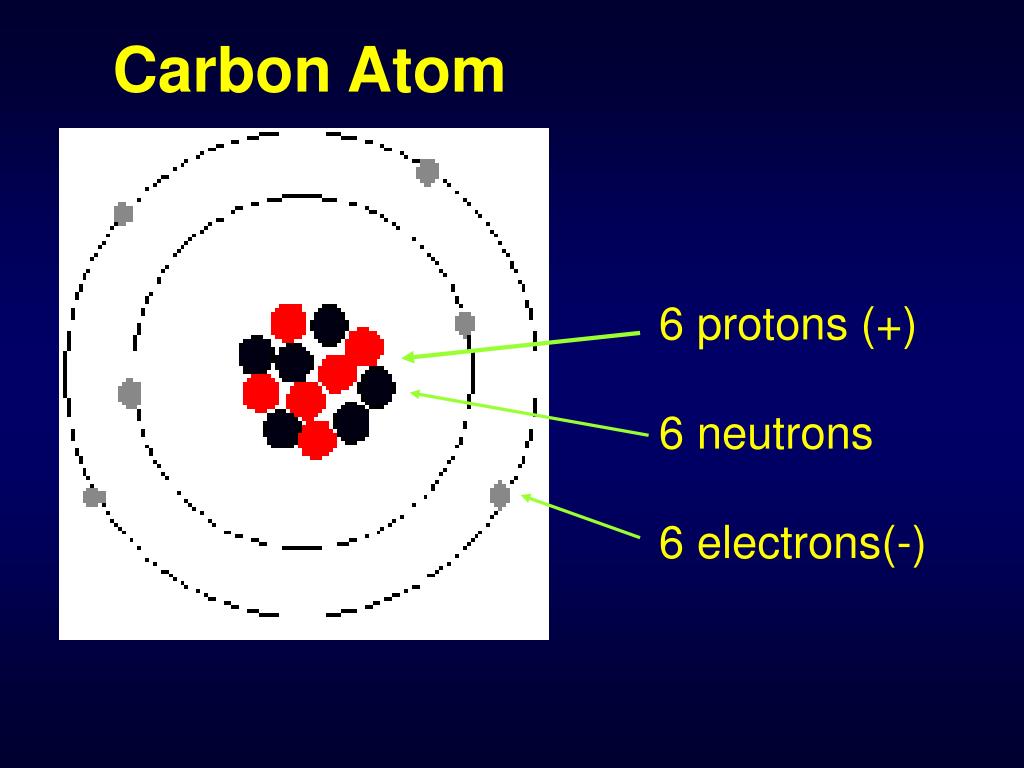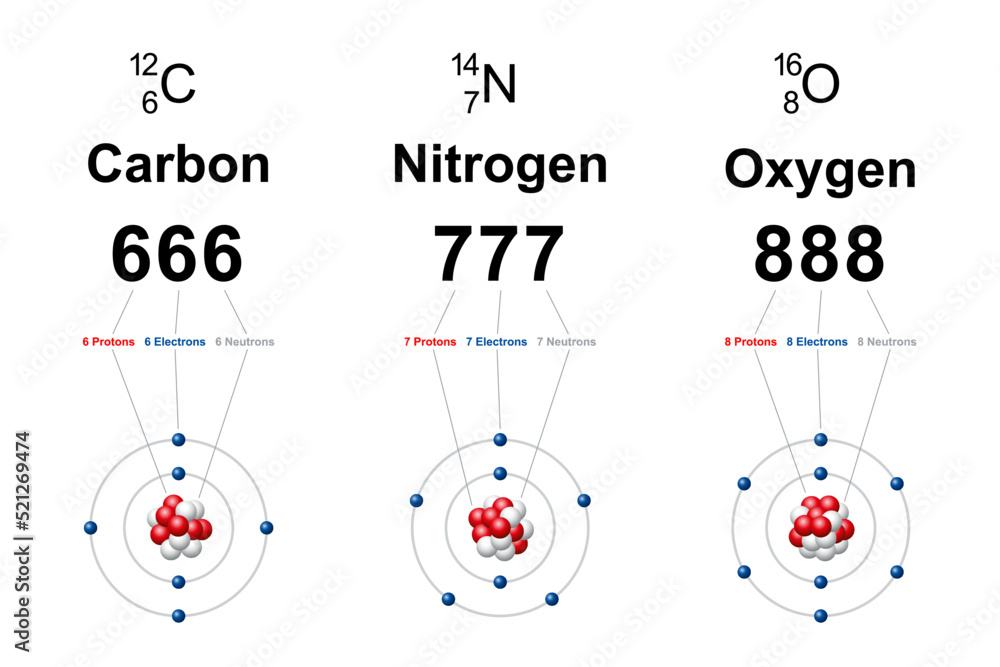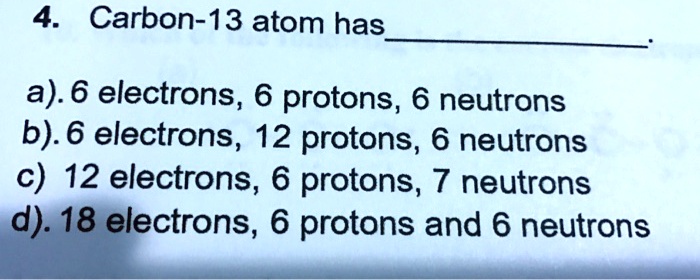6 Protons 6 Neutrons 6 Electrons Black

Okay, folks, let's talk about something incredibly common, yet secretly amazing. We're diving into the world of 6 protons, 6 neutrons, 6 electrons… and the color black!
Ready for the big reveal? We're talking about carbon! Yes, that's right, carbon. That element so essential, it's the backbone of all known life.
From Humble Beginnings...
Think of carbon as the ultimate social butterfly of the periodic table. It loves to link up with other elements, and even itself, forming all sorts of fantastic structures.
This ability to form strong bonds is what makes it so crucial for creating complex molecules like DNA, proteins, and...well, you!
But how does all this relate to black? That's where things get interesting.
The Black Sheep (and Diamonds!)
Consider soot. It's almost pure carbon, and it's definitely black! That color comes from the way carbon atoms arrange themselves in chaotic, disordered structures.
These structures absorb nearly all visible light, giving soot its characteristic dark hue.
Now, contrast that with a diamond, also pure carbon. Despite being made of the exact same element, a diamond is brilliantly clear. How can this be?
It's all about the arrangement! In a diamond, carbon atoms are arranged in a perfect, incredibly strong crystal lattice. This orderly structure allows light to pass through it. It results in that sparkling effect we all admire.
Think about it: The same element, arranged differently, can be as different as night and day. Literally!
A Colorful Contribution
Carbon doesn't just show up as pure black, though. It's a key ingredient in countless pigments and dyes. It is used to create all the colors of the rainbow!
From the vibrant hues in your clothes to the stunning shades in a painting, carbon is often playing a role.
Carbon-based inks have been used for centuries. From ancient scrolls to modern ballpoint pens, carbon is the unsung hero of written communication.
Beyond the Color Wheel
But carbon's connection to black goes beyond just pigments. Consider charcoal, another form of carbon. Charcoal is known for its ability to absorb odors and toxins.
This is why it's used in water filters and air purifiers. A clever use of carbon's unique properties!
Pretty neat, huh?
Activated carbon is even used in some medical treatments to absorb poisons from the body.
A Heart of Black
Perhaps the most touching connection between carbon and black lies in mourning. Black is a traditional color of mourning in many cultures. Therefore, it serves as a symbol of grief and remembrance.
The very element that forms the foundation of life also marks its passing, a poignant reminder of the cyclical nature of existence.
So, the next time you see something black, remember the humble carbon atom with its 6 protons, 6 neutrons, and 6 electrons.
It's a reminder that even the simplest things can be surprisingly complex, beautiful, and deeply connected to the world around us.


















